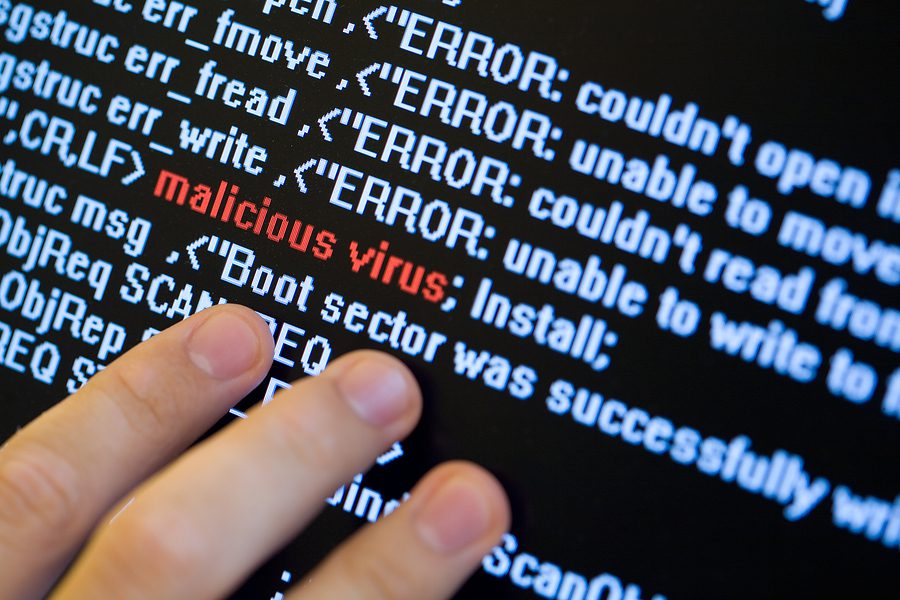Balancing Social Media Sharing and Data Security
Before social media became mainstream, data security consisted of making sure your computer network and physical documents were secure. Today, social media sharing has exploded with new platforms and enhanced user experiences, and it is difficult to find anyone without a social media presence, whether it’s on Facebook, LinkedIn, or TikTok. Privacy has always been a concern on social media sites, but as those sites continue to grow and evolve, users need to become increasingly aware of how to protect themselves and their data.

The Allure of Social Media Sharing
Before jumping into the dangers of social media sharing, it’s important to consider the questions of why we participate to begin with. Why does social media have such a hold on us? Ultimately, it comes down to the need for connection. Most humans are wired to need this interaction with others, and social media provides a way to access information, find niche communities, and connect with other users in real time. While it’s not always beneficial, the validation received after sharing provides dopamine, making users feel like they are part of something bigger. Social networking allows users to expand their circles, keep in touch with family and friends, and share information. Although there are many drawbacks to social media sharing, for most users, the drawbacks are not enough to counter the sense of community they feel when on these online platforms.
The Hidden Dangers of Social Media Sharing
The more information you share on social media, the greater the risk. Many things people share on social media give cybercriminals plenty of information to access their accounts. Scammers need very little information to steal your identity, and once they have that sensitive information, it can be sold on the dark web. Phishing scams are very common on social media, with scammers trying to entice you to click on links that will load malware onto your device.
Finding the Right Balance
Social media is not going away. In fact, as additional social media platforms and features are introduced, the desire to share and participate in social media will only increase. Therefore, all social media users should focus on the importance of striking a balance between social media sharing and data security. There are things that users can do to protect their data privacy while still participating in an online community.
-
Use Strong Passwords
Gone are the days where a simple password was enough to protect your account. Although it can be frustrating to remember a long string of characters, users should still make their passwords complex. Utilizing an online password manager or developing a system to generate secure but easy to remember passwords can be very effective.
-
Enable Two-Factor Authentication
Whenever available, use two-factor authentication to protect your accounts. The additional step goes a long way for data security.
-
Create a Separate Email Account for Social Media Profiles
Many users have found success in creating a “throwaway” account for social media, retail, or other third-party apps that require an email address. Using a separate email ensures that your main inbox will be protected in case of a social media data breach.
-
Disable Location Sharing
Geotagging is a huge security risk. Always take the time to adjust your social media settings to avoid location sharing.
-
Be Smart About What You Share
Although certain sites are more prone to this than others, avoid participating in questionnaires or games that require you to share the name of your kindergarten teacher or first pet, first car make, street you grew up on, or other “nostalgia” games. Although they seem like innocent fun, these games are phishing for potential answers to security questions and should always be avoided.
The Role of Privacy Settings
Every social media platform has their own privacy settings, and it’s important to familiarize yourself with the specifics of each when you sign up. Make sure that your accounts are not set to “public” as the default, and make it a point to check your social media apps after an update to make sure your privacy settings have remained intact. Social media platforms often change their policies, and you may find that your data is not as private as you thought while setting up the account, so checking in regularly is crucial to your protection. While it is always easy to just go with the default settings, make sure you understand the permissions you are giving to each app. Third-party apps should not need complete access to your device. In every social media app, make sure that you are only accepting requests from those you know you can trust. It is very easy for scammers to target victims by creating profiles that look legitimate, and when you accept the connection, they are given access to your profile and all the information you have provided. The bottom line is to always take the time to review your privacy settings.
Anyone on social media can find a balance between social media sharing and data security. It’s important for all users to be mindful and proactive in safeguarding their online presence and always be aware of what they are putting out into the cyber network. Check your privacy settings, use best practices to ensure your security, and always think about the potential consequences before sharing any information online. Social media can help users find the connections they need, and with the right precautions, they can find those connections while staying safe. Playing it safe online is easy when you follow best practices. To learn more about how to keep your personal information secure online, check out our AccuShred blog.








